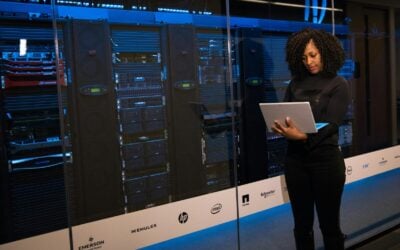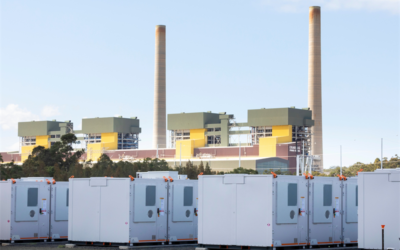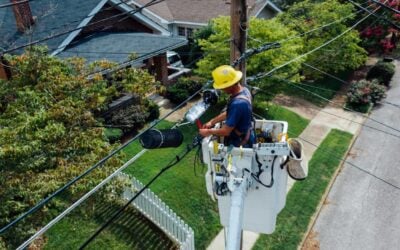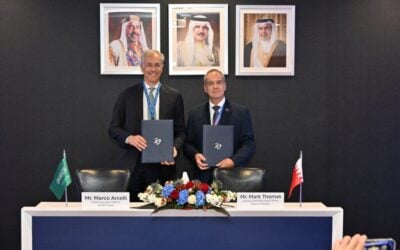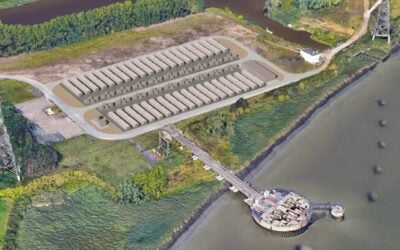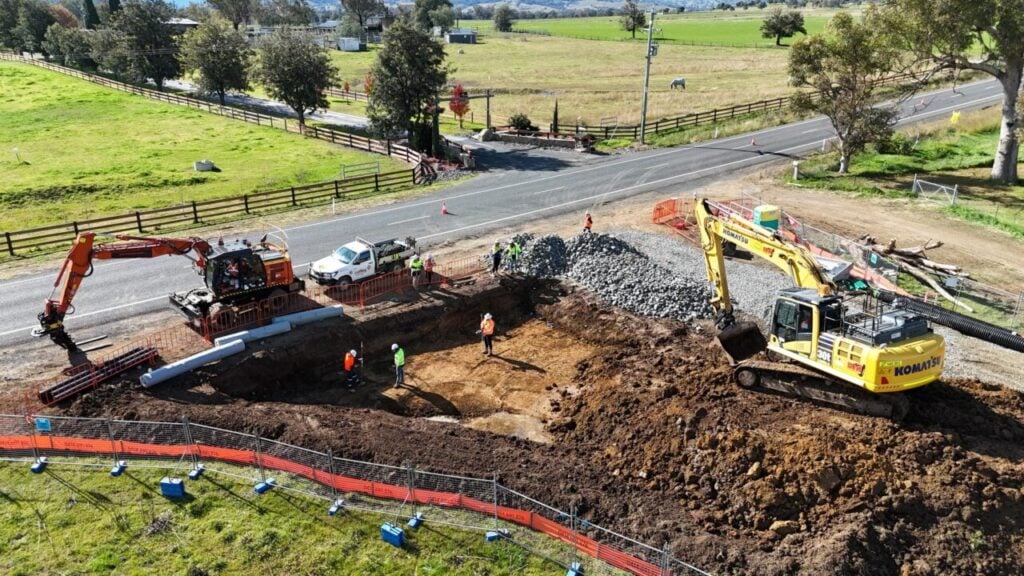
Jinko Power Australia, the regional entity of Chinese solar manufacturer JinkoSolar, has submitted plans for a 1,440MWh solar-plus-storage project in New South Wales to the federal government’s Environment Protection and Biodiversity Conservation (EPBC) Act.
The Garoo solar-plus-storage site will include a 133.76MWac solar PV power plant coupled with a co-located 360MW/1,440MWh 4-hour duration battery energy storage system (BESS).
It is being proposed on a 369-hectare site on the east side of the New England Highway, in the rural locality of Garoo, roughly 385km from the state capital, Sydney. The JinkoSolar subsidiary’s site proposal includes plans for an on-site substation and a 330kV switching station.
The existing land is predominantly used for agricultural grazing and irrigated cropping.
Try Premium for just $1
- Full premium access for the first month at only $1
- Converts to an annual rate after 30 days unless cancelled
- Cancel anytime during the trial period
Premium Benefits
- Expert industry analysis and interviews
- Digital access to PV Tech Power journal
- Exclusive event discounts
Or get the full Premium subscription right away
Or continue reading this article for free
Several solar and energy storage facilities are located near the site, such as Total Eren’s 600MWh Middlebrook solar-plus-storage project and Venn Energy’s 1,200MWh Lambruk solar-plus-storage site.
The Garoo solar-plus-storage site would connect to the National Electricity Market (NEM), which spans Australia’s eastern and southern coasts as well as the island state of Tasmania.
The BESS will be located at the northern point of the site near Garoo Road. The solar PV power plants will be split into two, with Tamarang Creek serving as a natural division.
Subject to acquiring the necessary development consent, construction on the BESS would start sometime next year and take around 18 months, with operations commencing in 2028. Once operational, the power plant would have an operational lifespan of 30-years.
Last year, JinkoSolar submitted plans for an 800MWh solar-plus-storage site in Queensland to the EPBC Act. Called the Beebo Solar Farm and BESS, the site is being proposed in the south of the state, south-west of Inglewood.
The solar PV power plant will have a generation capacity of 600MW and will be accompanied by a co-located 400MW/800MWh 2-hour duration BESS.
The EPBC queue, administered by the federal government, aims to protect nationally threatened species and ecological communities under the Act. This must be accepted before being granted permission to develop a project.
Equis begins construction on 500MWh BESS in New South Wales
In other Australia BESS news, Equis Australia, the regional entity of Singapore-headquartered renewables investor and developer Equis, has announced it has broken ground on its 250MW/500MWh 2-hour duration Calala BESS in New South Wales.
Major site works are scheduled to commence in early July 2025, with construction, testing, and commissioning expected to take approximately two years.
The BESS is located in Tamworth, in northeastern New South Wales, a small city dubbed the “Country Music Capital of Australia”. The system will be 5.8km southeast of the city centre and is expected to be operational by 2027.
Equis secured an AU$260 million (US$163 million) non-recourse senior debt financing package from Westpac, Societe Generale and Sumitomo Mitsui Banking Corporation for the Calala BESS last year.
The Calala BESS is structured as two independent projects, 100MW and 150MW, each with 2-hours of energy storage capacity. The two systems will use Tesla Megapacks, a solution that has been used in multiple Australia BESS sites, such as Edify Energy’s 370MWh Koorangie BESS in Victoria.
Our publisher, Solar Media, will host the Battery Asset Management Summit Australia 2025 on 26-27 August in Sydney. You can get 20% off your ticket using the code ESN20 at checkout.

